Violet "Winter smiles"
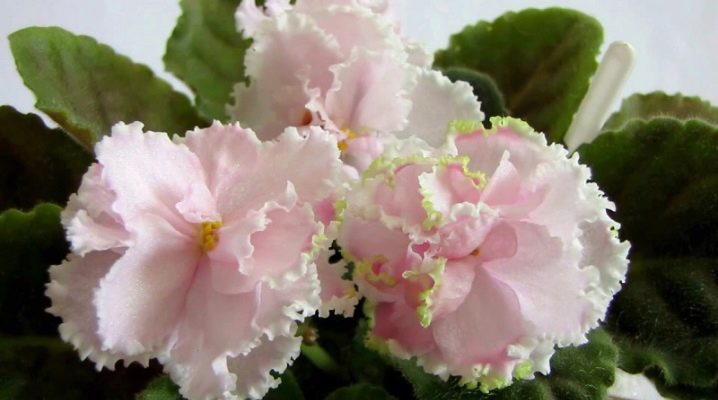
Through selection, plant breeders have managed to create many amazing varieties of Saintpaulia. Boris Makuni spent many years creating his own collection of flowers, which today delight us with their appearance in winter. "Winter smiles" not capricious, but requires compliance with elementary care requirements, only then will it bloom profusely.
Description of the variety
This saintpaulia, or indoor violet, as it is usually called in everyday life, was obtained by crossing 2 other species. This is the main reason why its coloration is so unusual: the gorgeous rose petals have multi-colored fringes around the edge. Despite the fact that Makuni became the father of more than 300 species of indoor violets, he always said that "Winter smiles" was his main achievement.
Over the years, other breeders have tried to propagate Saintpaulia without losing the characteristics of the mother plant.
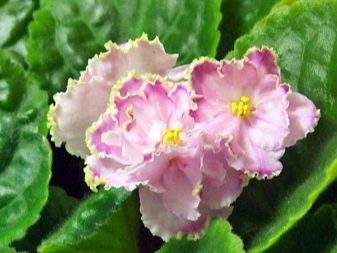
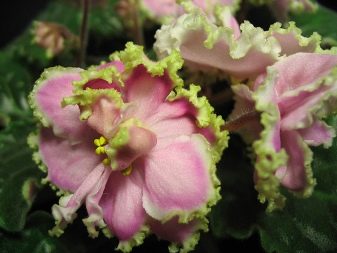
The variety does not belong to variegated. The leaves of the flower are not dark, but rather pale green in color. They do not curl, they are shaped like a heart. The edge of the quilted leaves is as if cut. Of the distinctive features is the color on the reverse side: a pink tint prevails there. The violet attracts attention with large inflorescences that can reach 5.5 cm in length. The color is solid, and the border can be of the following shades:
- green;
- purple;
- yellow;
- red.
Up to 5 flowers are formed on one peduncle, but there are no less than 3. The plant pleases with an abundant cap of flowers at any time, and the process is not influenced in any way by the ambient temperature or the season. The flowers last for a long time, and the flowering is repeated often. The first flowering can be expected within 7 months after planting a young cuttings.
The rosette is formed of a medium diameter, therefore it is considered standard. Sometimes, when conditions are particularly good, it can be very large.
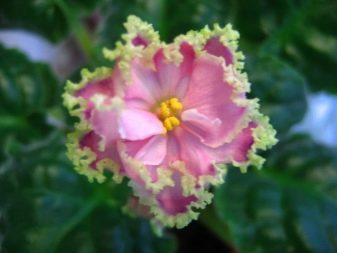

Lighting
Violets will get enough natural light if they are placed on the east window from spring to fall, and then moved to the south for the winter. You should also rotate the plants one quarter of a turn every week to prevent the leaves from growing to one side. Lack of daylight leads to the violet not only starts to hurt, but also stops blooming. In this case, an artificial lighting lamp comes to the rescue.
Fluorescent lights should be 40 watt. Two cool whites can provide enough light for several nearby violets. However, they only produce low levels of red rays. For fuller and more balanced light, use one cool white light bulb and one special fluorescent light bulb designed for plants.
The light from the lamp at the edges of the illuminated area is less intense than in the center. Dark-leaved violets and those with dark flowers are best placed in the center. Those with pink and white buds may feel great around the edges too. Install the equipment at a distance of 25 cm from the flower. A day requires from 12 to 16 hours of artificial light, 8 hours the flower must be in the dark.

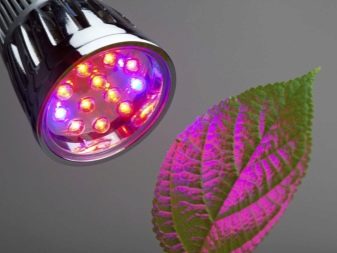
Temperature
Violets do not like cold, the ideal temperature for keeping is considered to be from 18 to 22 ° C at night and 24 ° C during the day. Sudden changes in temperature should be avoided and the flower should be removed from the window on cold nights. The temperature must not be allowed to fall below 16 ° C or rise above 27 ° C... The sharp drop in heat makes the plant vulnerable to deadly pathogens such as rot, especially when excess moisture is present.
If the plant has not been at a low temperature for long, it is worth transferring it immediately to heat, removing all tissues that have become dark and soft: this will prevent the spread of rot. At this moment, watering and feeding are stopped.
In too much heat, the leaves and stems become elongated, dry and even shriveled. In the room, it is necessary to reduce the temperature to 21 ° C, ensure high-quality watering.
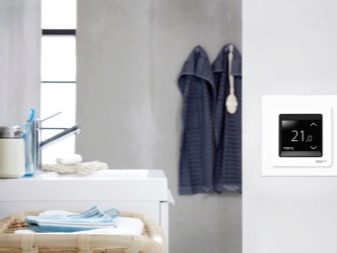
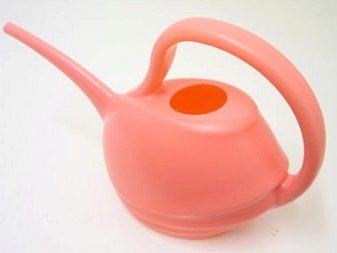
Humidity
Violets love moisture, so the humidity should be between 60 and 80%. Achieving the desired result is not difficult: you just need to use containers with water and small pebbles, on which a flower or an automatic humidifier is installed. If the grower sprays water with a spray bottle, then it is important to be careful not to drip onto the violet leaves as they will cause brown spots.
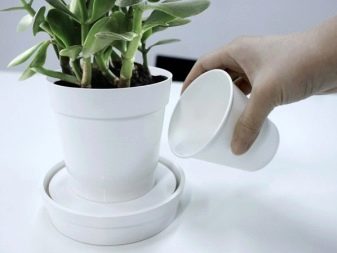
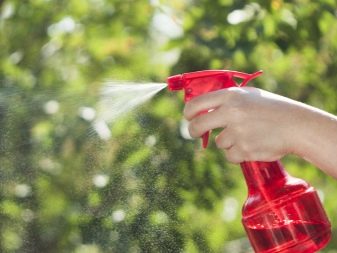
Watering
Watering should only be done when the soil looks dry. Excessive moisture can lead to mold and rot. Room temperature water without softeners is ideal for these plants. If you want to use tap water, you will need to keep it on the table overnight to remove chlorine and fluoride from it. Watered on average once every 2-3 days, while it is imperative to avoid wetting the leaves. If excess water remains in the pot, it must be drained after a while.
There are special requirements for the container in which the violets are planted. It can be clay or plastic, the main thing is that there are drainage holes at the bottom, otherwise the root system will rot. Professionals believe that in order to improve conditions of detention Saintpaulia is best done with bottom watering or the wick method. In both cases, moisture does not enter the soil from above. With bottom watering, the flower pot is placed in a container of water for a while so that the plant can absorb as much moisture as it needs.
The wick, one end of which is set into the ground, and the other into a container with water, makes it possible not to overmoisten the soil, but at the same time the violet uses as much water as it needs. However, in both the first and second cases, it will be required once every few weeks, water the bush from above using a watering can with a long spout: this is the only way to wash out the accumulating salts.

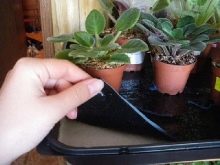
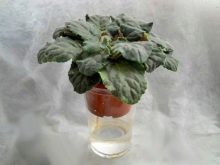
Priming
These plants require loose, well-drained soil. You can buy it ready-made, or you can prepare it yourself. Would need:
- loam;
- perlite;
- sphagnum moss.
The components are mixed in the same proportion. Separately, loam is not used for violets, since it is too heavy, dense, the roots begin to suffocate in it from lack of oxygen, the water does not erode quickly enough, so the roots suffer.



Transfer
High-quality flower care involves the timely and regular removal of old and yellow leaves and stems. This is especially true for dead shoots, as they can become a favorable environment for the development of bacteria and rot. When the saintpaulia outgrows the pot - this happens once a year with proper care - it must be transplanted into a larger one. The diameter of the new container should be 2 cm larger than the old one.
You can determine whether a flower has outgrown its pot or not, by 2 signs:
- roots are visible in the drainage holes;
- the leaves began to roll over the edges strongly.
In the process of transplanting, it is advised to completely replace the soil, inspect the roots for the presence of dead ones and cut them off.
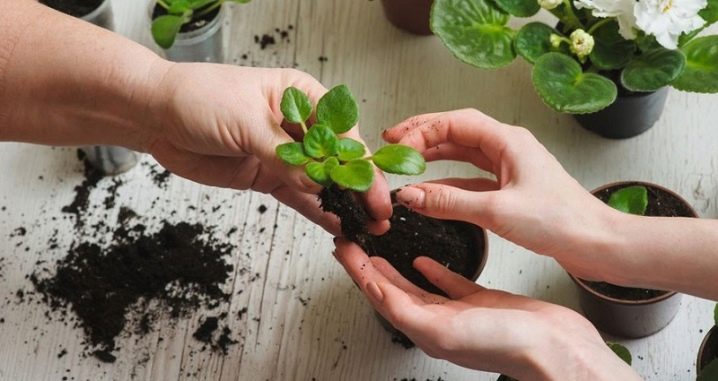
Top dressing
Since the violet grows in the soil with high-quality drainage, the nutrients necessary for the plant are quickly washed out of it. Therefore, it is required to apply top dressing once a week to make the flower feel good.It is better to use water-soluble fertilizers that are easy to digest. Avoid feeding the plant during the winter, since during this period it is dormant. However, this requirement does not apply to those violets that are grown using artificial light.
The dose applied to the soil should be 4 times less than indicated on the package. This dosage is associated with the frequent use of feeding: if you overdo it, you can worsen the condition of Saintpaulia. Dry fertilizers are used exclusively on wet soil very carefully so as not to damage the roots. Large amounts of nitrogen are not beneficial, and a strong concentrate can simply burn the root system. It is better to use mixtures with a lot of phosphorus.
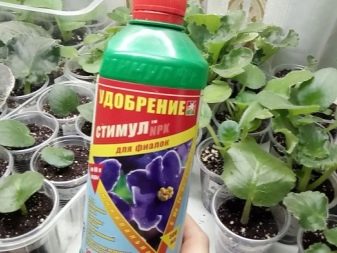

Pests and diseases
Violets are not very susceptible to disease, but if not properly cared for, they can be attacked by insects and hurt. Most diseases are easier to prevent than to deal with their consequences later. The best preventive measures:
- provide the plant with proper care;
- give him enough light, warmth,
- do not keep the soil constantly wet;
- in any case, do not allow moisture to get on the leaves and inside the outlets, and if this happens, then remove the water with a soft paper towel.
Of all the problems that a plant breeder has to face, the most dangerous is bacterial. It leads to almost 100% death, so it is easier to simply dispose of affected plants so that others do not become infected.
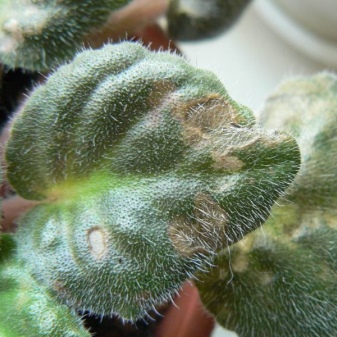
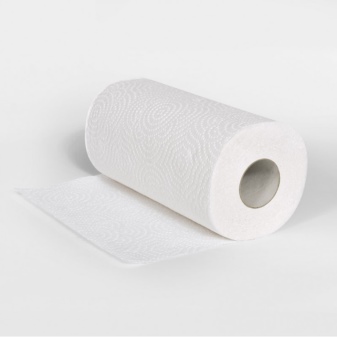
Among insects, thrips, ticks, bugs and aphids hold the palm. All of them feed on violet juice, only thrips prefer pollen and most often appear on flowers with a purple color. As a treatment, it is required to remove the flowers on the bush, then treat the Saintpaulia with soap or alcohol solution. You can use a warm shower: the increase in humidity does not withstand any of the named insects.
Fungal infections occur:
- powdery mildew;
- rust;
- root rot.

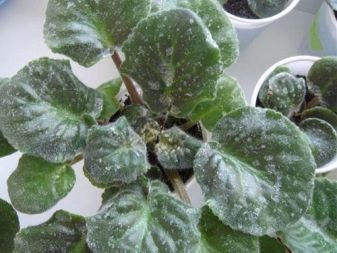
They are eliminated by fungicides, which are sold in large quantities in specialized stores. If root rot occurs, treatment will not be enough. You will need to clean the roots, change the pot and soil.
See below for more details.































The comment was sent successfully.